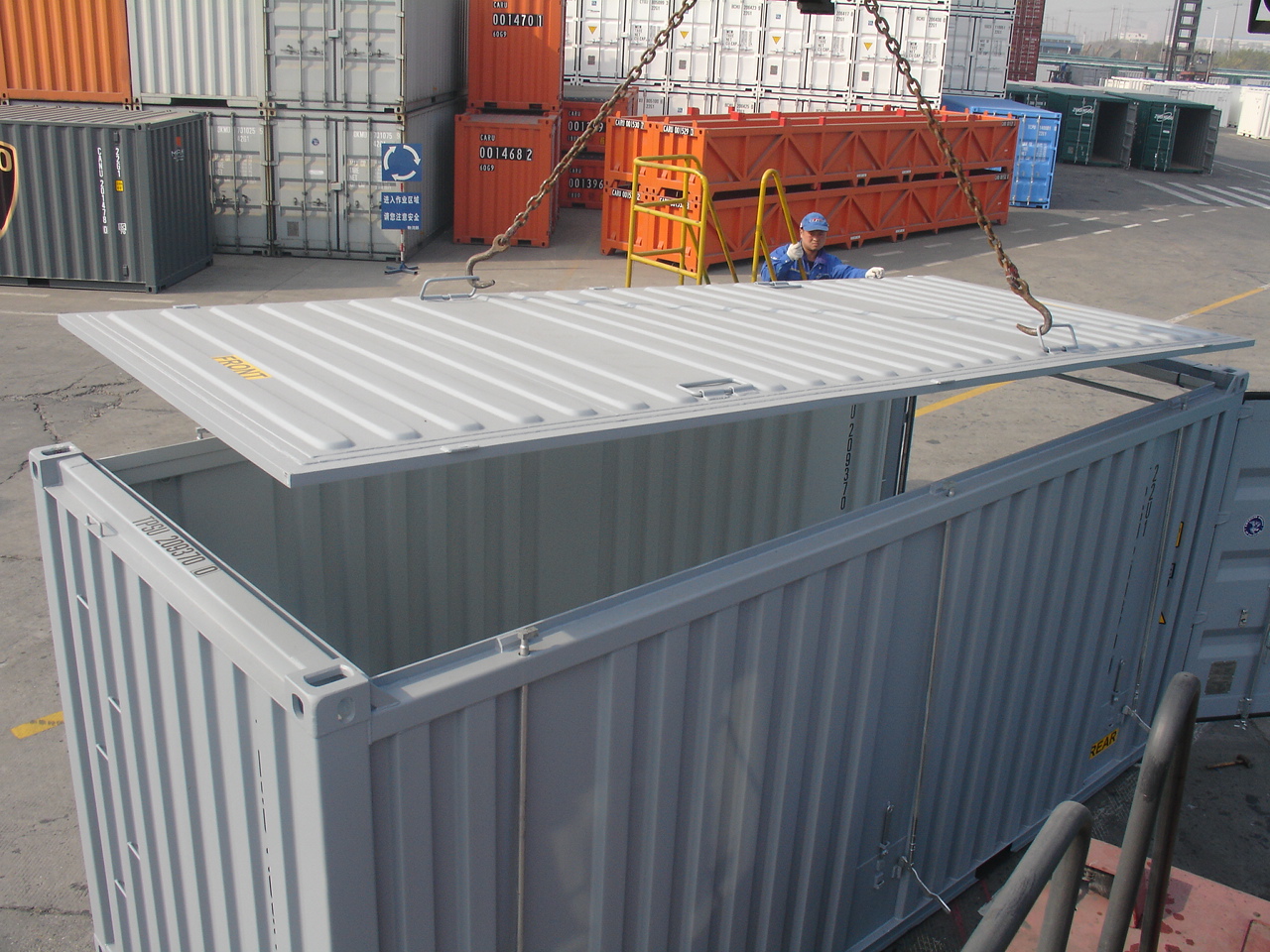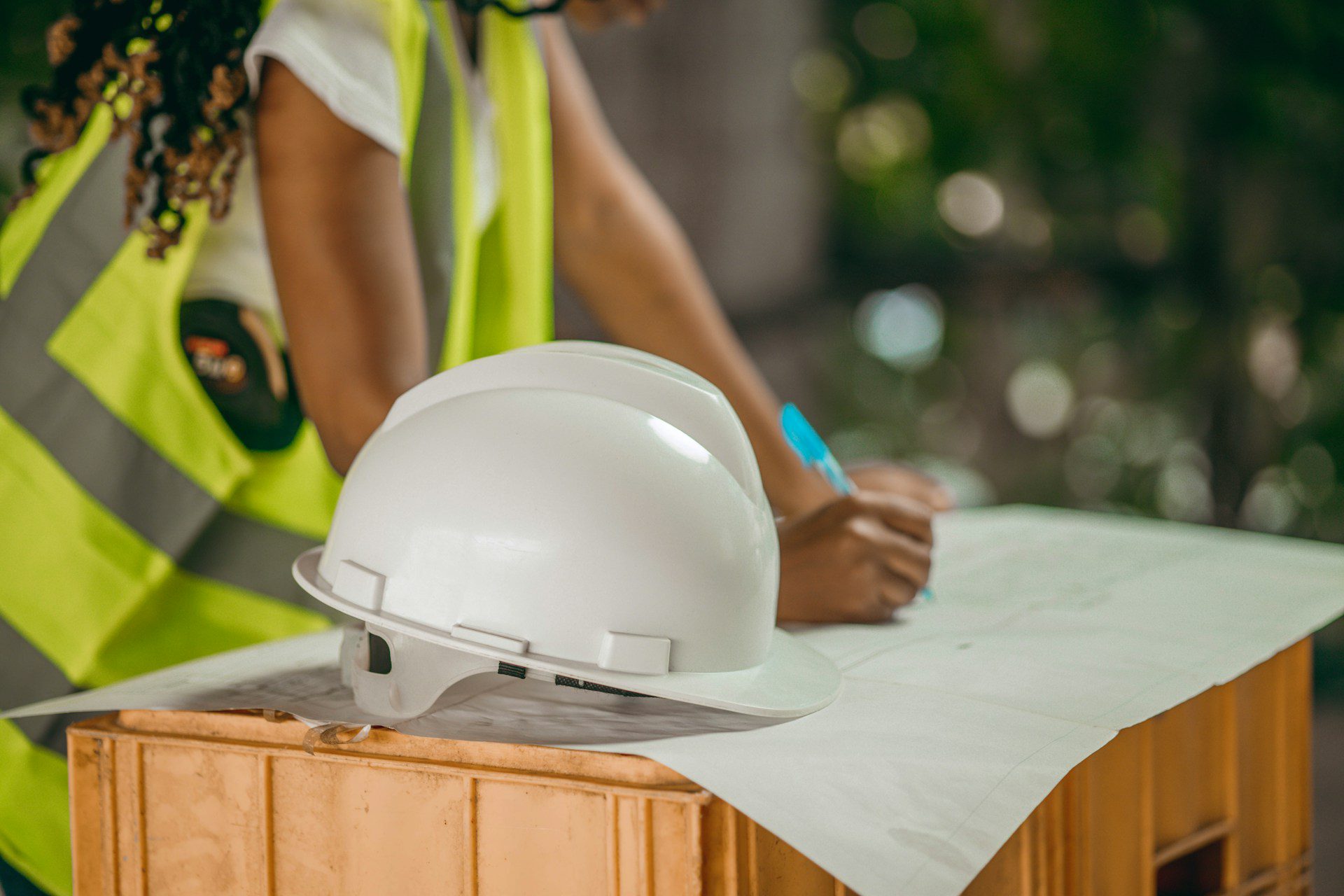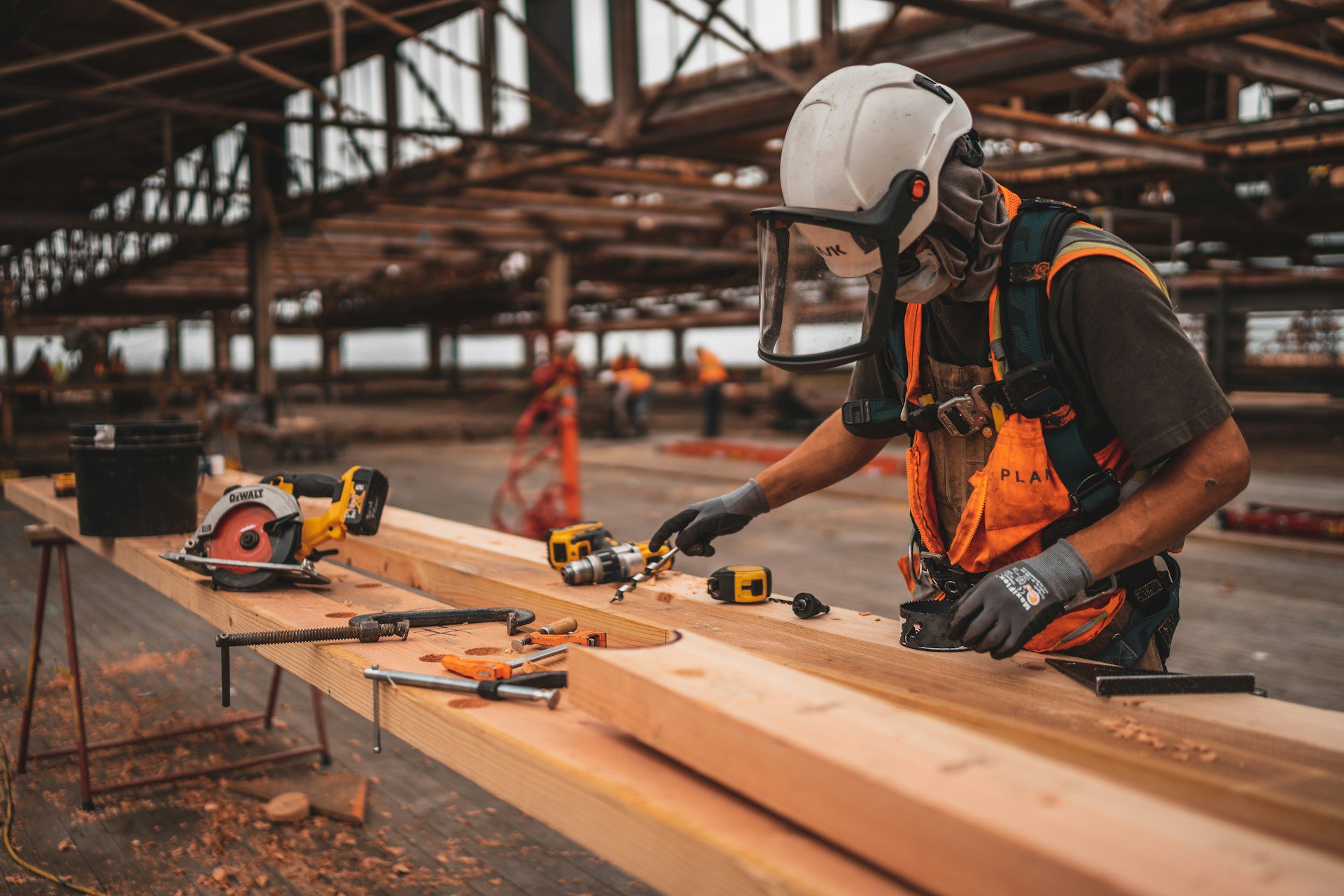
Shipping containers have become a versatile asset for various uses beyond their original purpose of transporting goods. Whether employed as storage units, temporary offices, or even homes, maintaining a shipping container in good condition is crucial to ensure its longevity and functionality.
Proper maintenance not only extends the container’s life but also safeguards its contents and preserves its structural integrity. Here’s a detailed guide on how to properly maintain your shipping container.
Contents
Regular Inspection and Cleaning
Routine inspections and cleaning are fundamental to maintaining a shipping container. Regular checks help identify potential issues before they escalate into serious problems.
Inspect for Rust and Corrosion
Shipping Containers are primarily made of steel, making them susceptible to rust and corrosion, especially if they are exposed to moisture. Inspect the container for signs of rust on both the exterior and interior. Pay special attention to the base, corners, and areas where the container may have been scratched or dented. If rust is detected, it should be addressed promptly to prevent further damage.
Clean the Container
Keeping the container clean is essential for preventing corrosion and maintaining its appearance. Regularly sweep out any debris, dirt, or residue that may accumulate inside. For exterior cleaning, use a mild detergent and water to wash the surface, and a soft brush to scrub away dirt. Avoid using harsh chemicals or abrasive materials that could damage the container’s paint or protective coating.
Addressing Structural Integrity
Maintaining the structural integrity of your shipping container ensures its durability and safety for use.
Check for Dents and Deformations
Proper drainage is crucial to prevent water accumulation, which can lead to rust and structural issues. Ensure that the container is positioned on a level surface to facilitate proper drainage. If necessary, install drainage channels or raise the container slightly off the ground to prevent water from pooling around the base. If using a shipping container with side doors, ensure that water does not accumulate near the door area, as excess moisture can affect its operation and structural integrity.
Ensure Proper Drainage
Proper drainage is crucial to prevent water accumulation, which can lead to rust and structural issues. Ensure that the container is positioned on a level surface to facilitate proper drainage. If necessary, install drainage channels or raise the container slightly off the ground to prevent water from pooling around the base.
Seal and Insulate
Maintaining the container’s ability to keep out moisture and temperature extremes is essential for preserving its contents and ensuring comfort if used as a living or working space.
Seal Gaps and Leaks
Inspect the container for any gaps, leaks, or loose seals around doors and windows. Gaps can allow moisture, pests, and contaminants to enter, leading to damage and compromised contents. Use weatherproof sealant or silicone caulk to seal any gaps and ensure that all seals are intact and functioning properly.
Insulate if Necessary
If the container is used as a living or working space, insulation may be required to regulate temperature and improve comfort. Proper insulation also helps prevent condensation inside the container, which can contribute to rust and mildew. Use insulation materials suitable for metal containers and ensure that they are installed correctly to provide effective thermal protection.
Maintain the Container’s Doors and Locks
The doors and locks of a shipping container are critical for security and ease of access. Proper maintenance ensures that they remain functional and secure.
Lubricate Locks and Hinges
Regularly lubricate the locks and hinges to ensure smooth operation and prevent rust. Use a lubricant specifically designed for metal components to reduce friction and protect against corrosion. Avoid over-applying the lubricant, as excess can attract dust and dirt.
Check for Proper Sealing
Ensure that the container doors close and seal properly. Misaligned doors or worn seals can compromise the container’s security and insulation. If doors do not close correctly or seals are damaged, adjust or replace them as needed to maintain proper functionality.
Manage Container Placement
The placement and positioning of the shipping container play a significant role in its overall maintenance and longevity.
Choose a Suitable Location
Select a location for the container that is well-drained and protected from harsh environmental conditions. Avoid placing the container in low-lying areas where water may accumulate. If possible, place the container on a level surface or use a foundation to elevate it slightly off the ground.
Secure the Container
Ensure that the container is securely anchored to prevent movement or tipping, especially if it is being used for storage or as a temporary structure. Secure anchoring helps maintain the container’s stability and prevents potential damage from shifting or external forces.
Address Interior Conditions
Maintaining optimal conditions inside the container is crucial for protecting stored items and ensuring usability.
Control Humidity and Temperature
Monitor and control humidity levels inside the container to prevent mold and mildew growth. Consider using dehumidifiers or moisture absorbers if the container is used for storing sensitive items. Temperature control may also be necessary depending on the contents and usage of the container.
Prevent Pests
Regularly inspect the container for signs of pests or rodents. Seal any entry points and ensure that the container’s contents are stored in pest-proof containers if needed. Keeping the interior clean and well-maintained also helps deter pests from taking up residence.
Properly Maintain Shipping Container
Proper maintenance of a shipping container is essential to ensure its longevity, functionality, and the protection of its contents. You may increase the lifespan and preserve the best possible condition of your shipping container by cleaning and inspecting it on a regular basis, taking care of any structural problems, sealing and insulating as needed, taking care of doors and locks, placing it carefully, and regulating the interior conditions.
With these practices, your shipping container will continue to serve its intended purpose effectively and efficiently.









